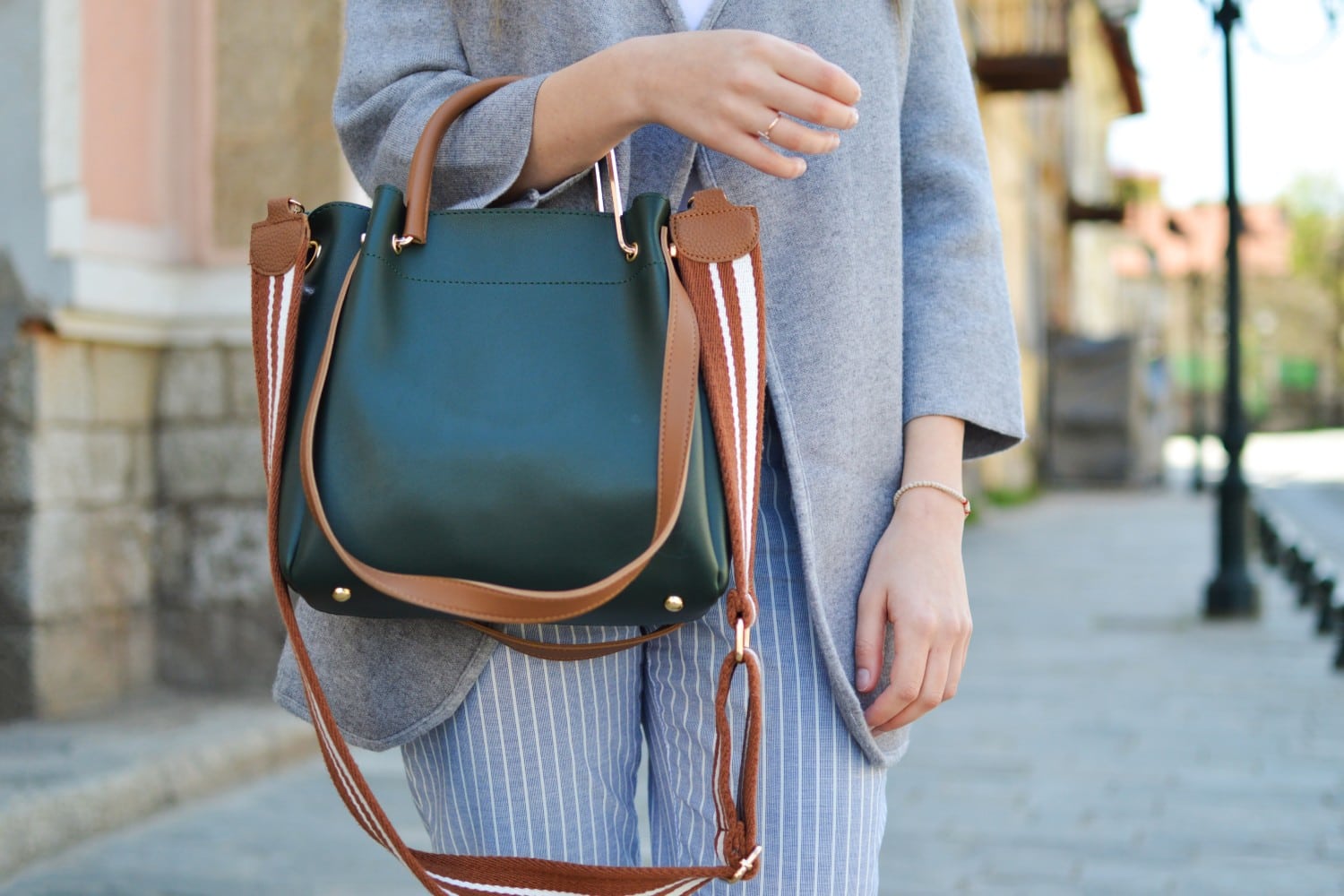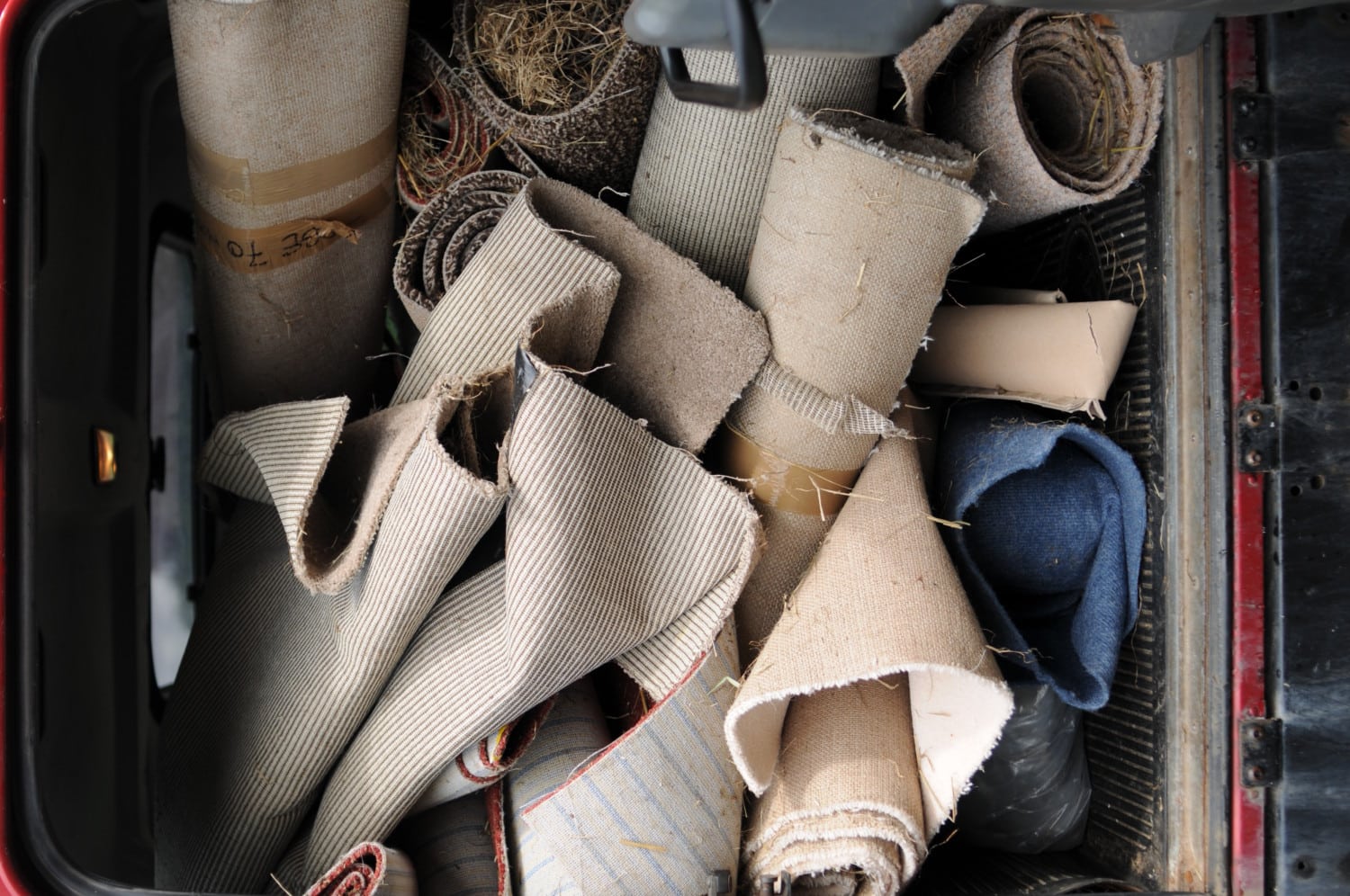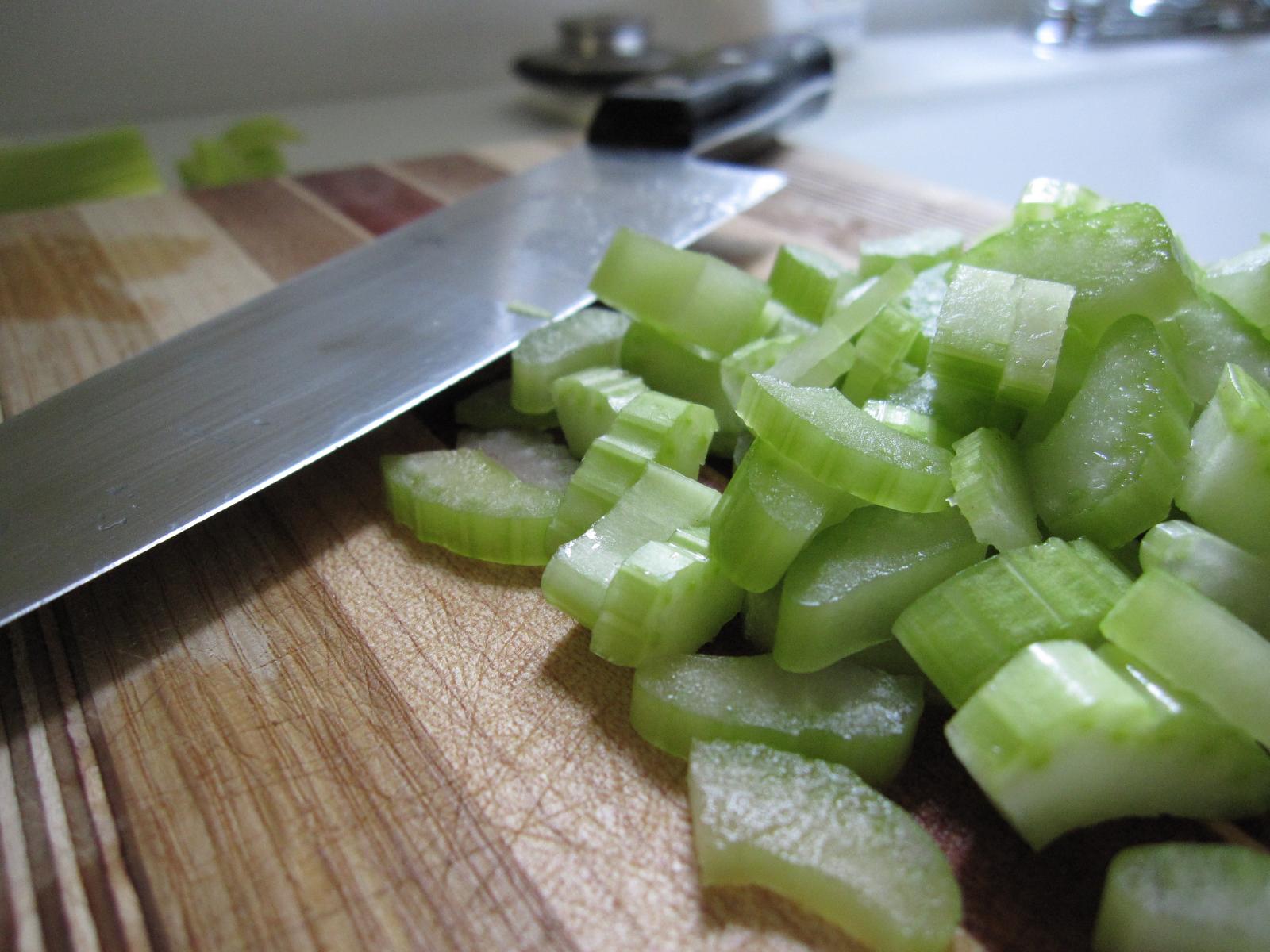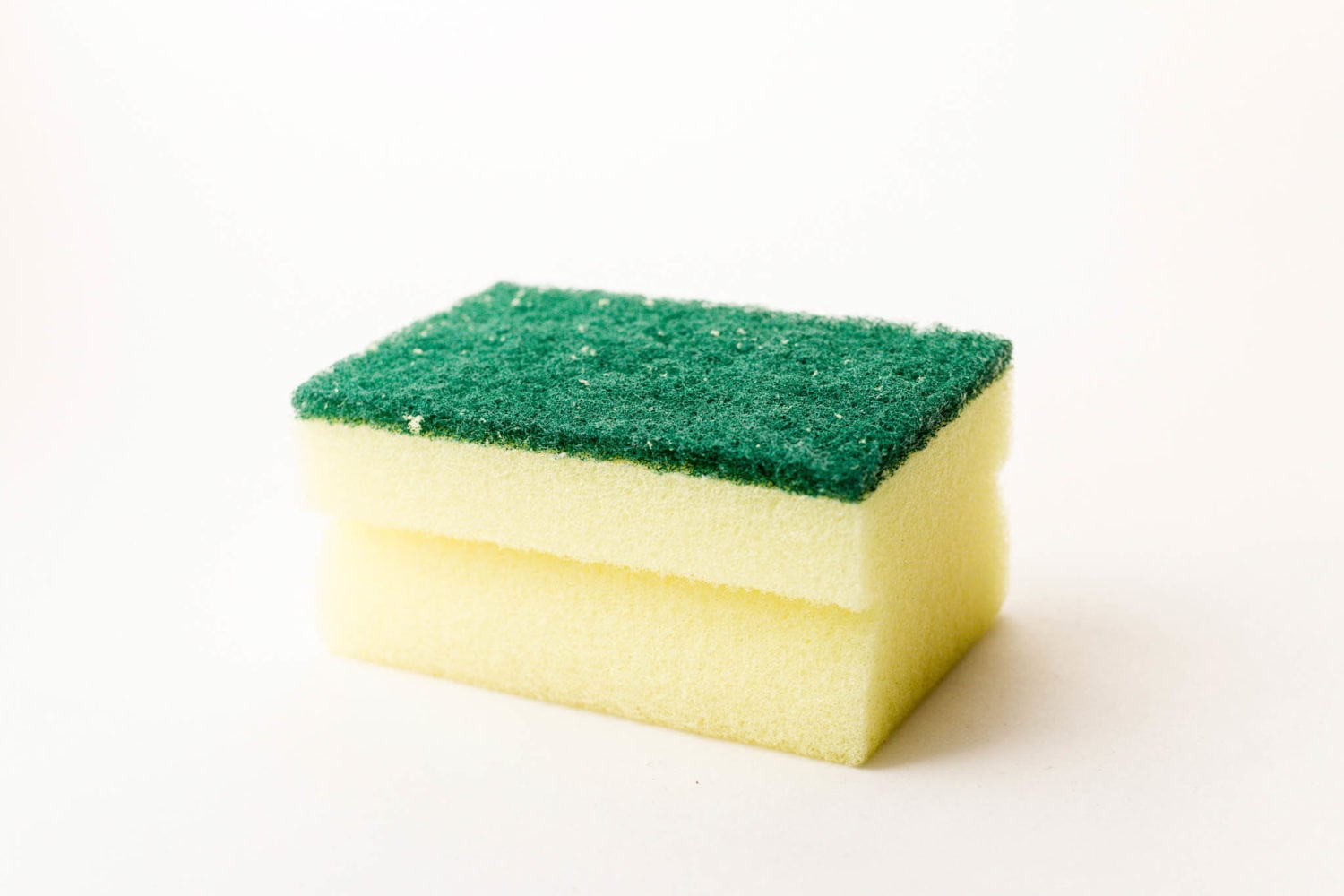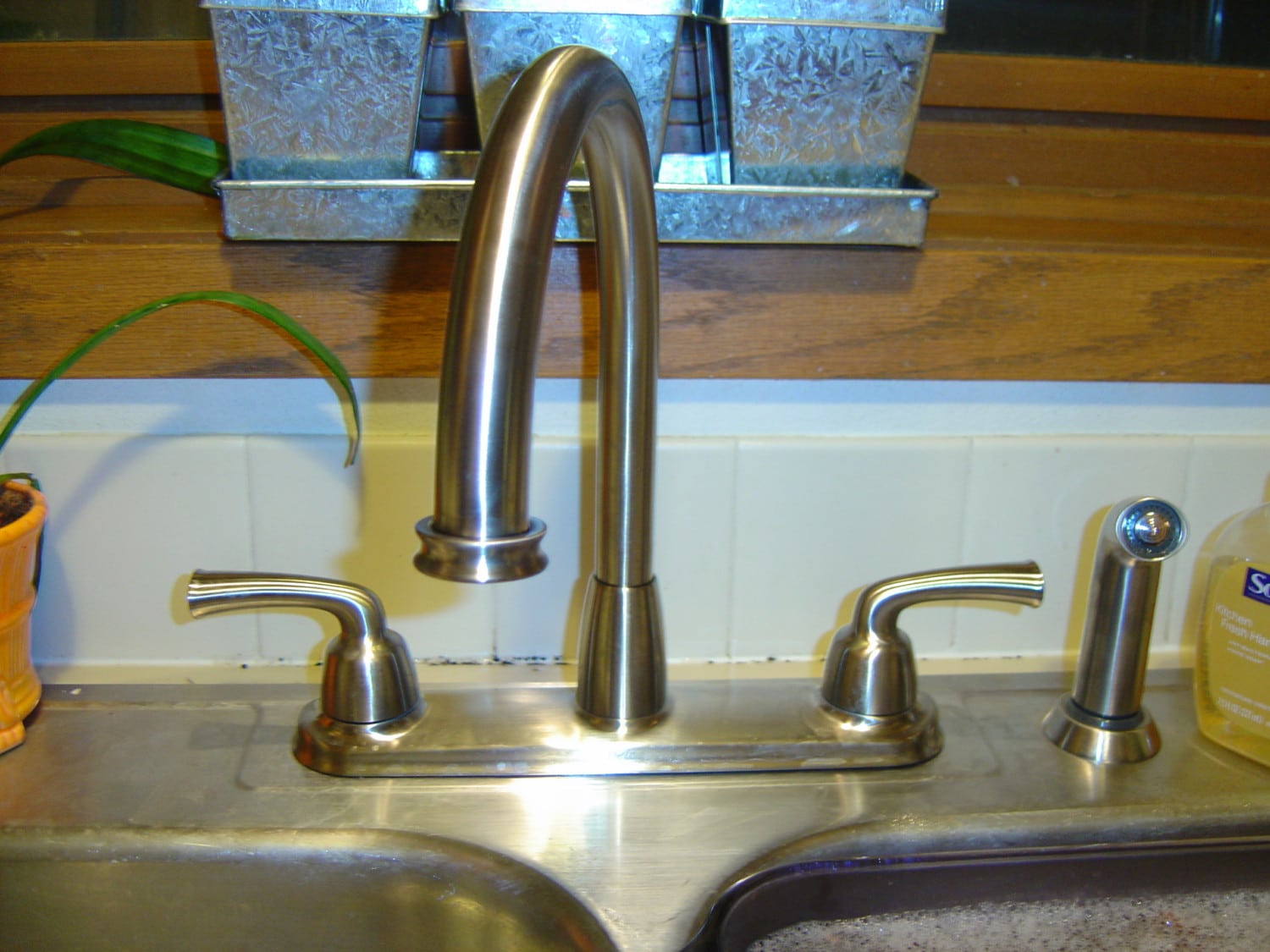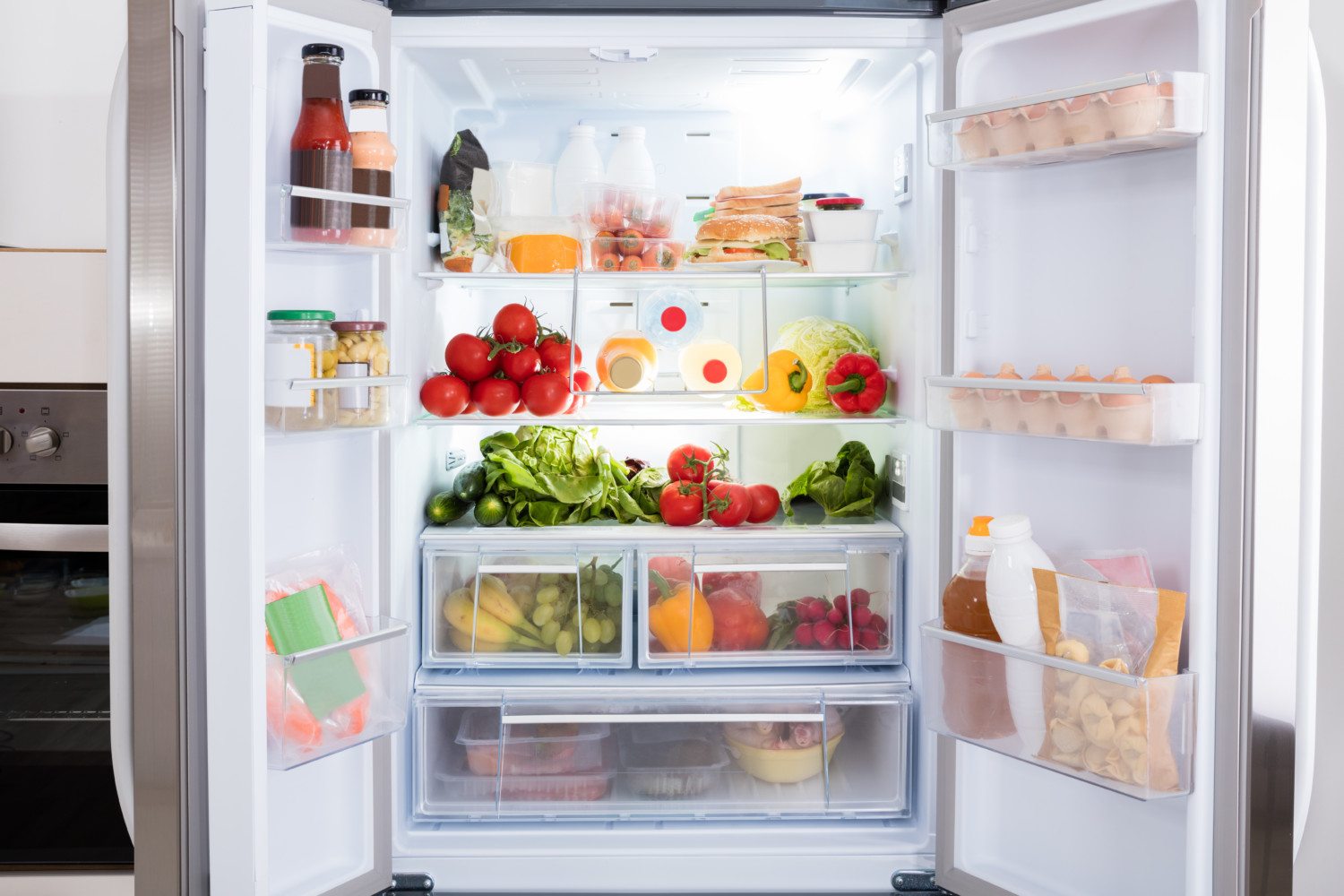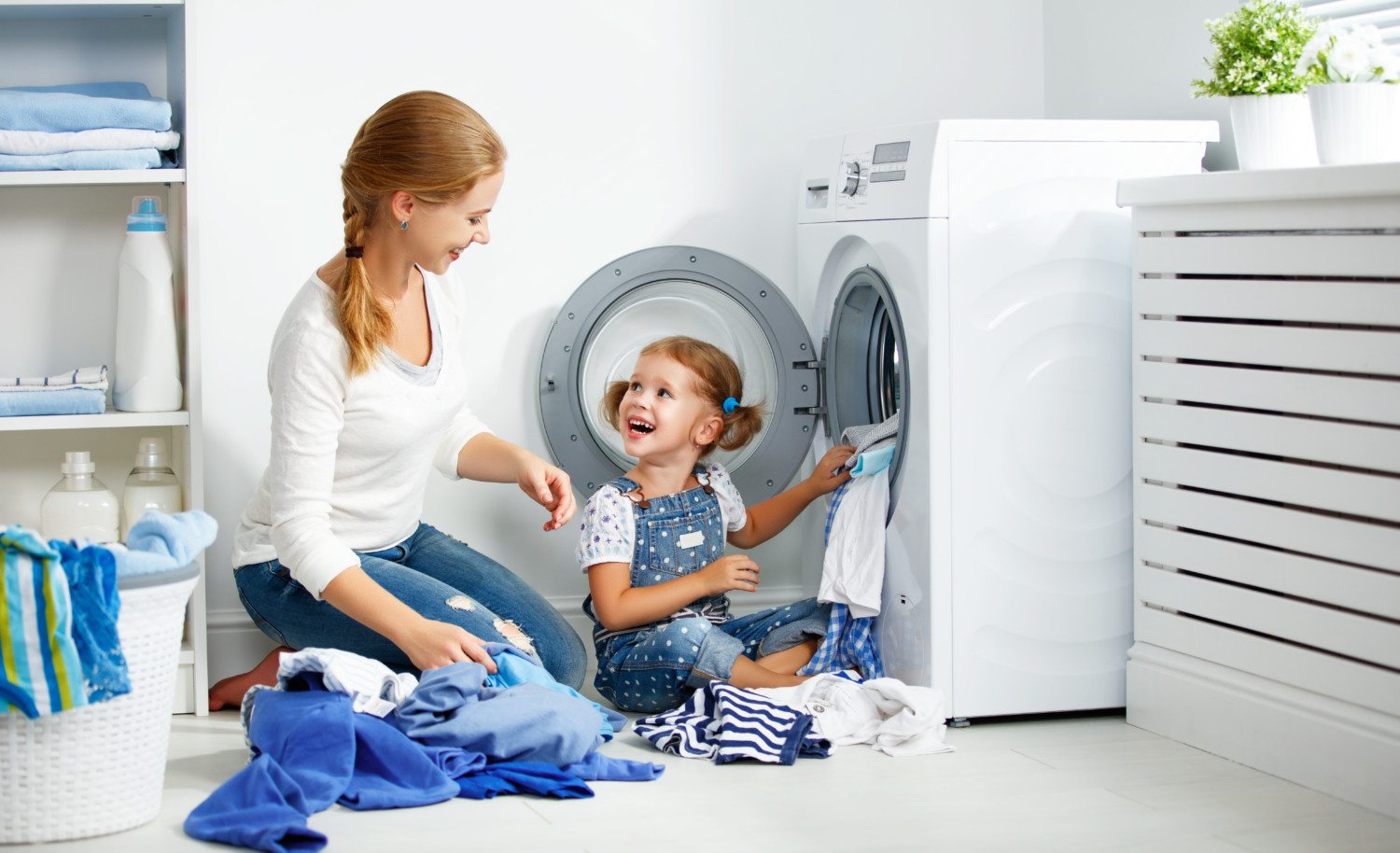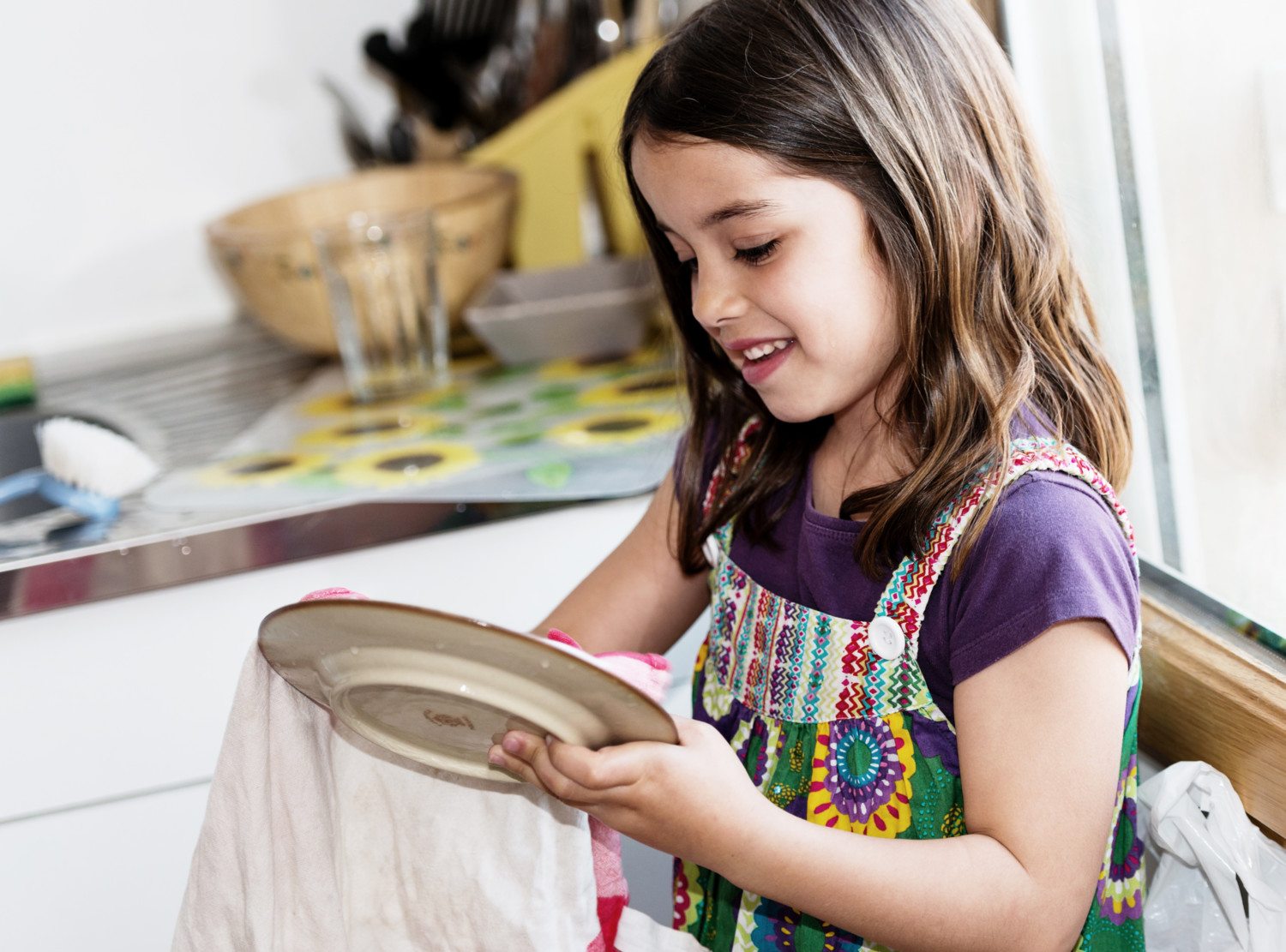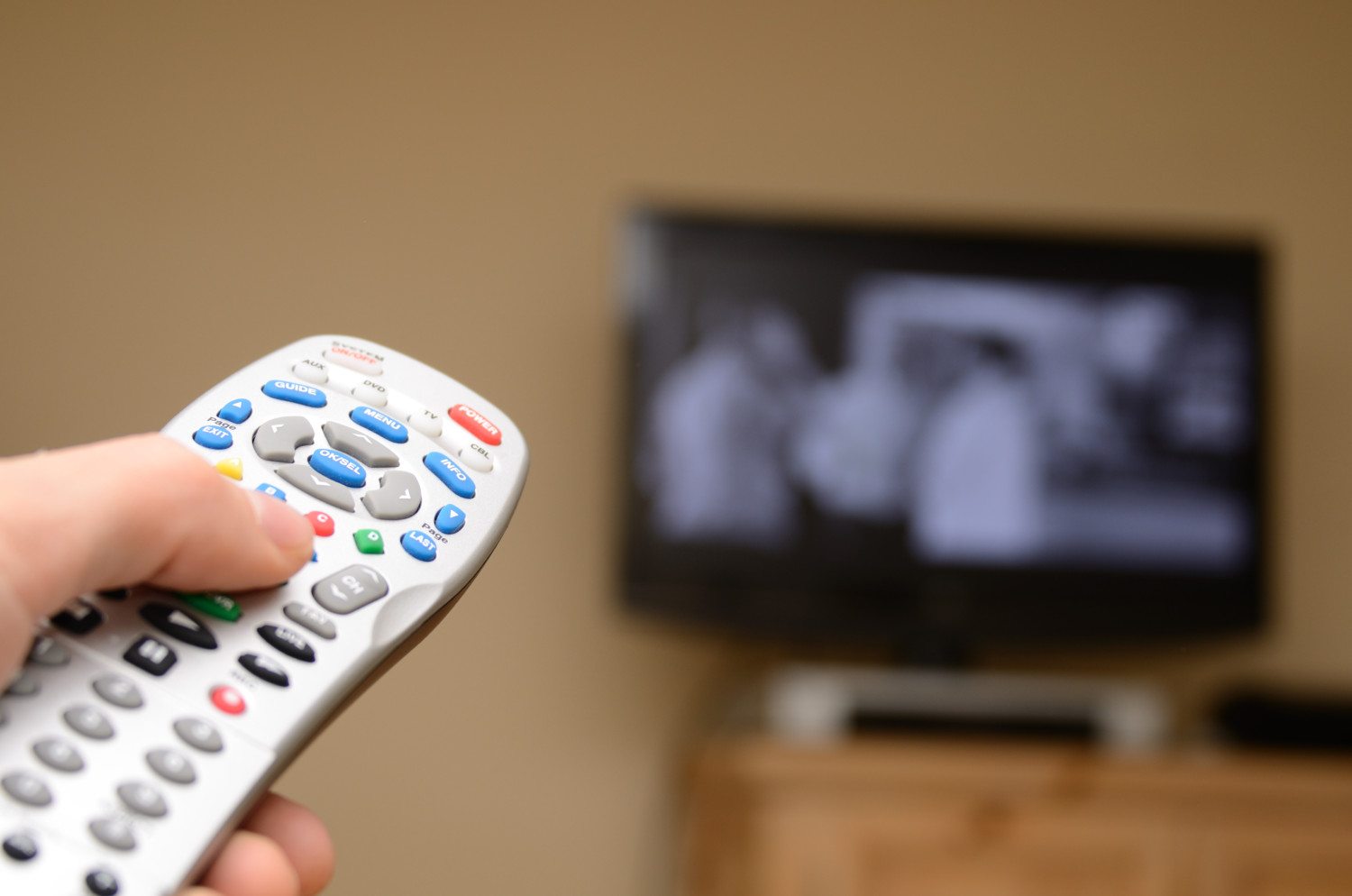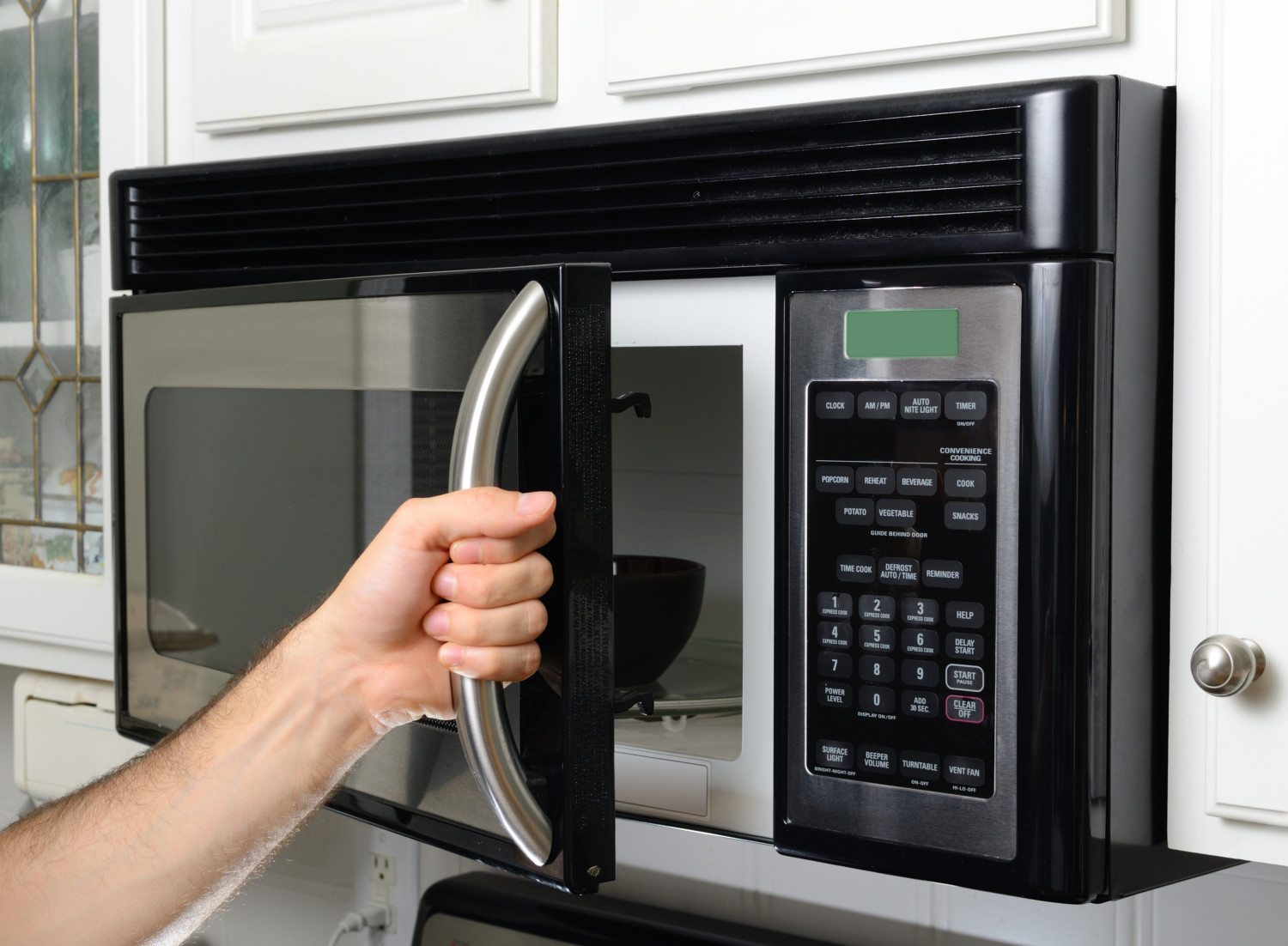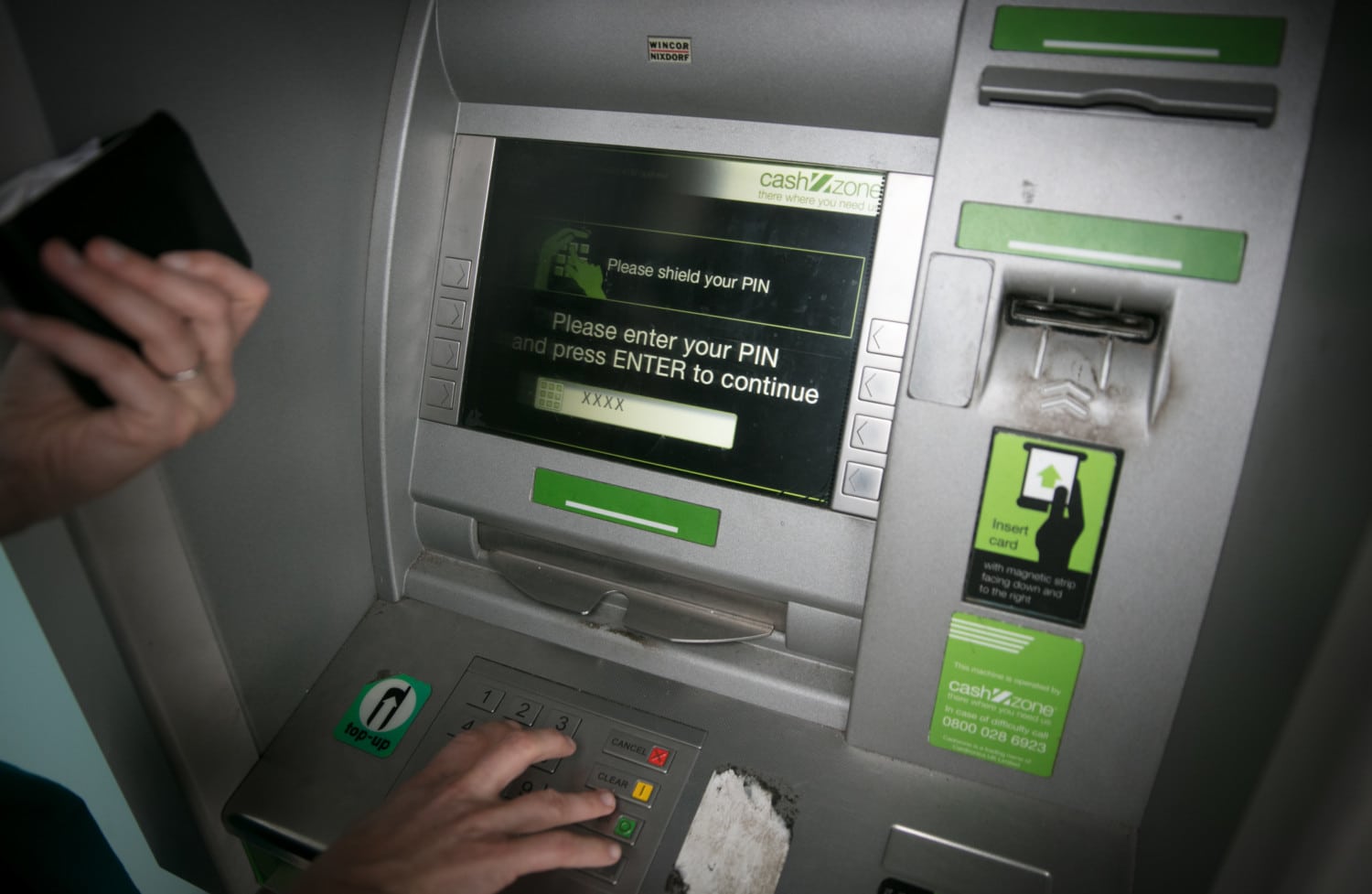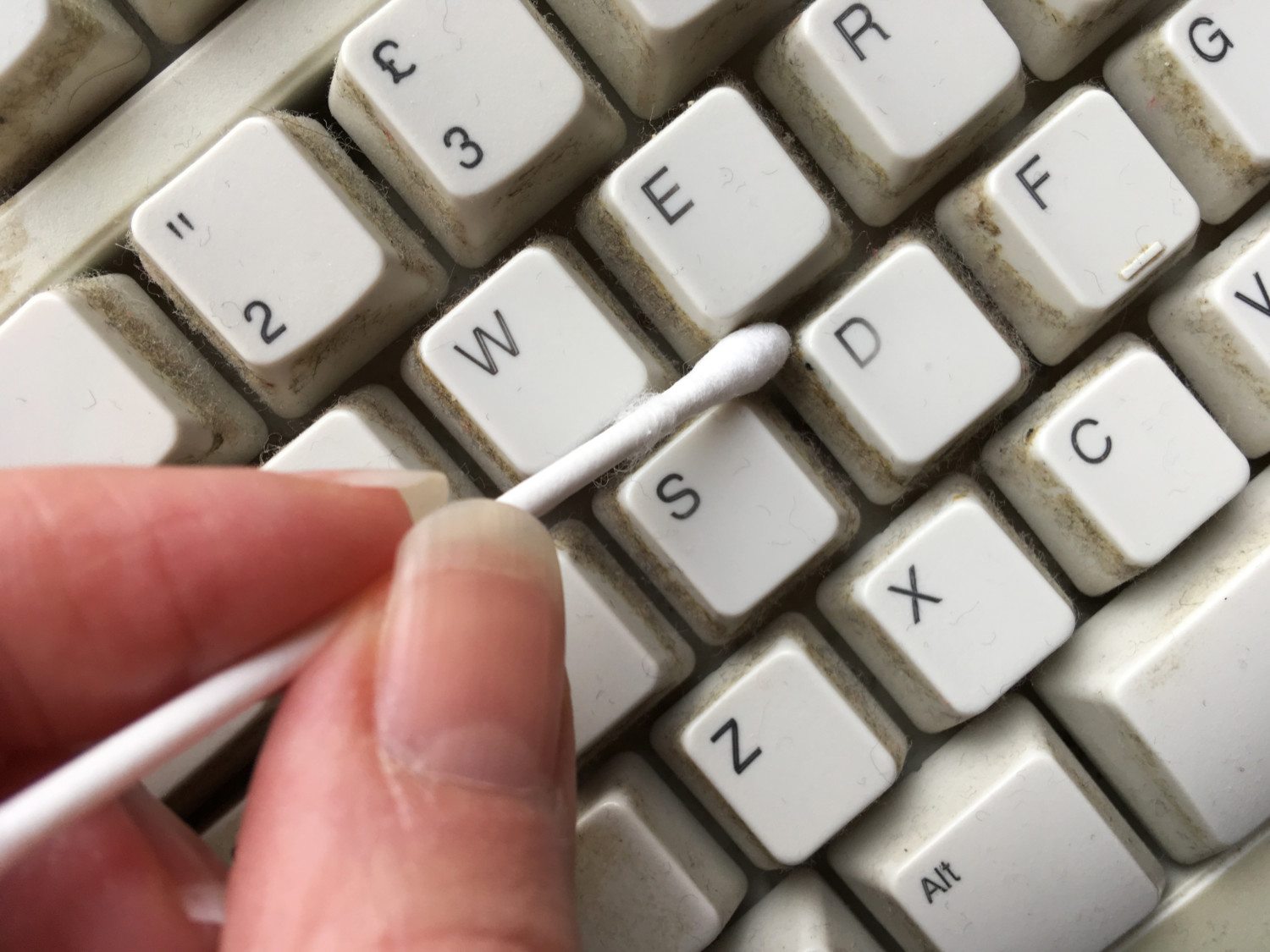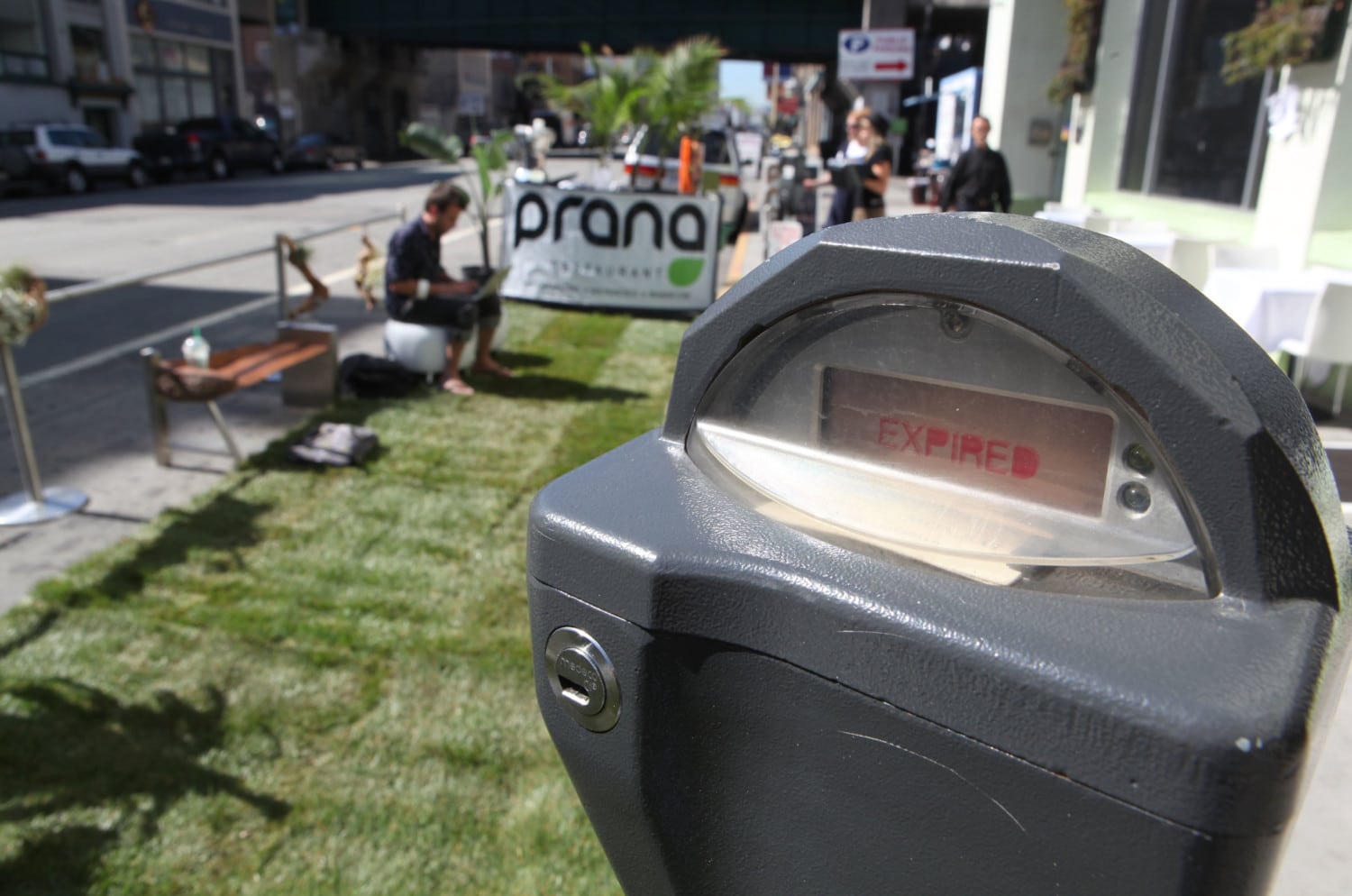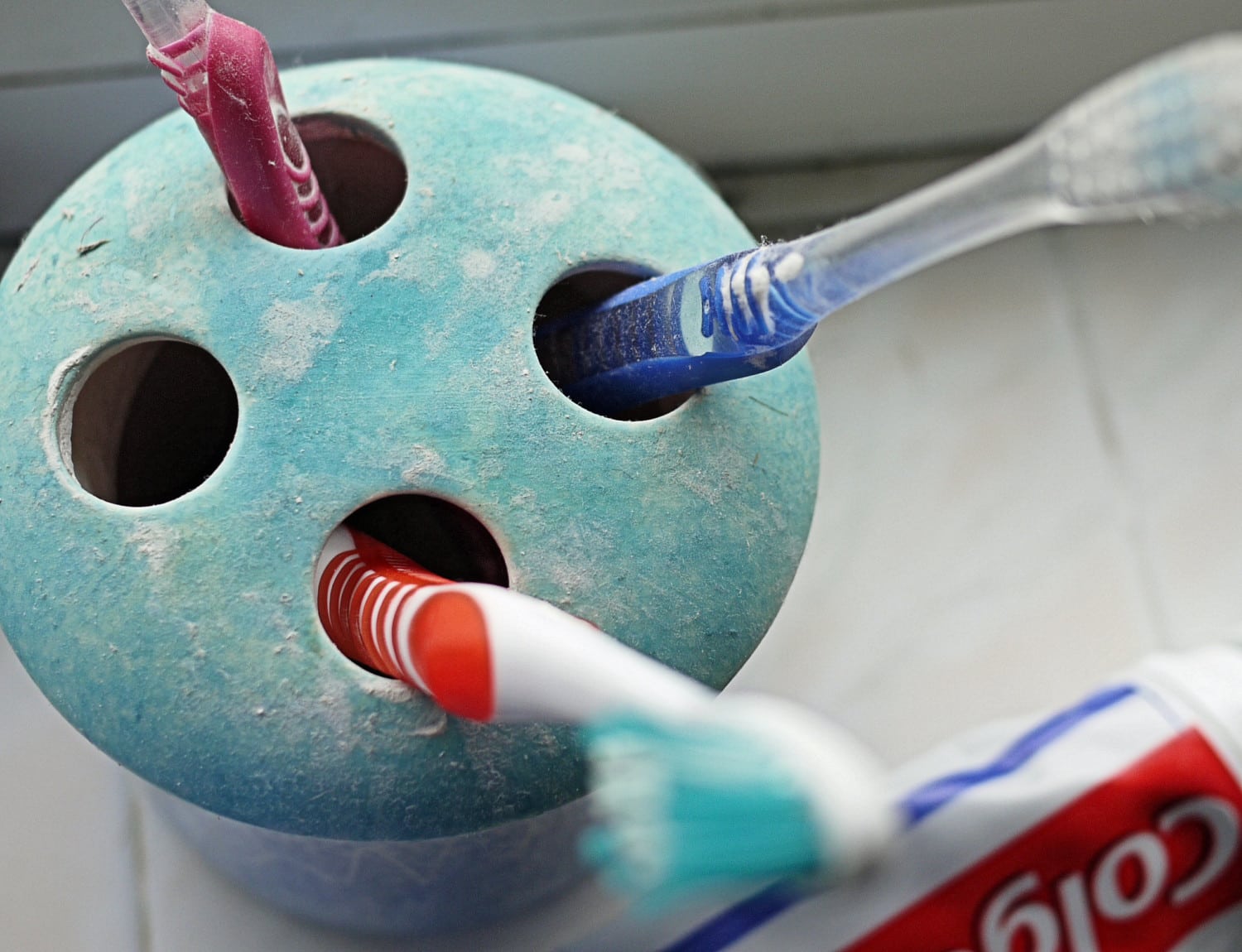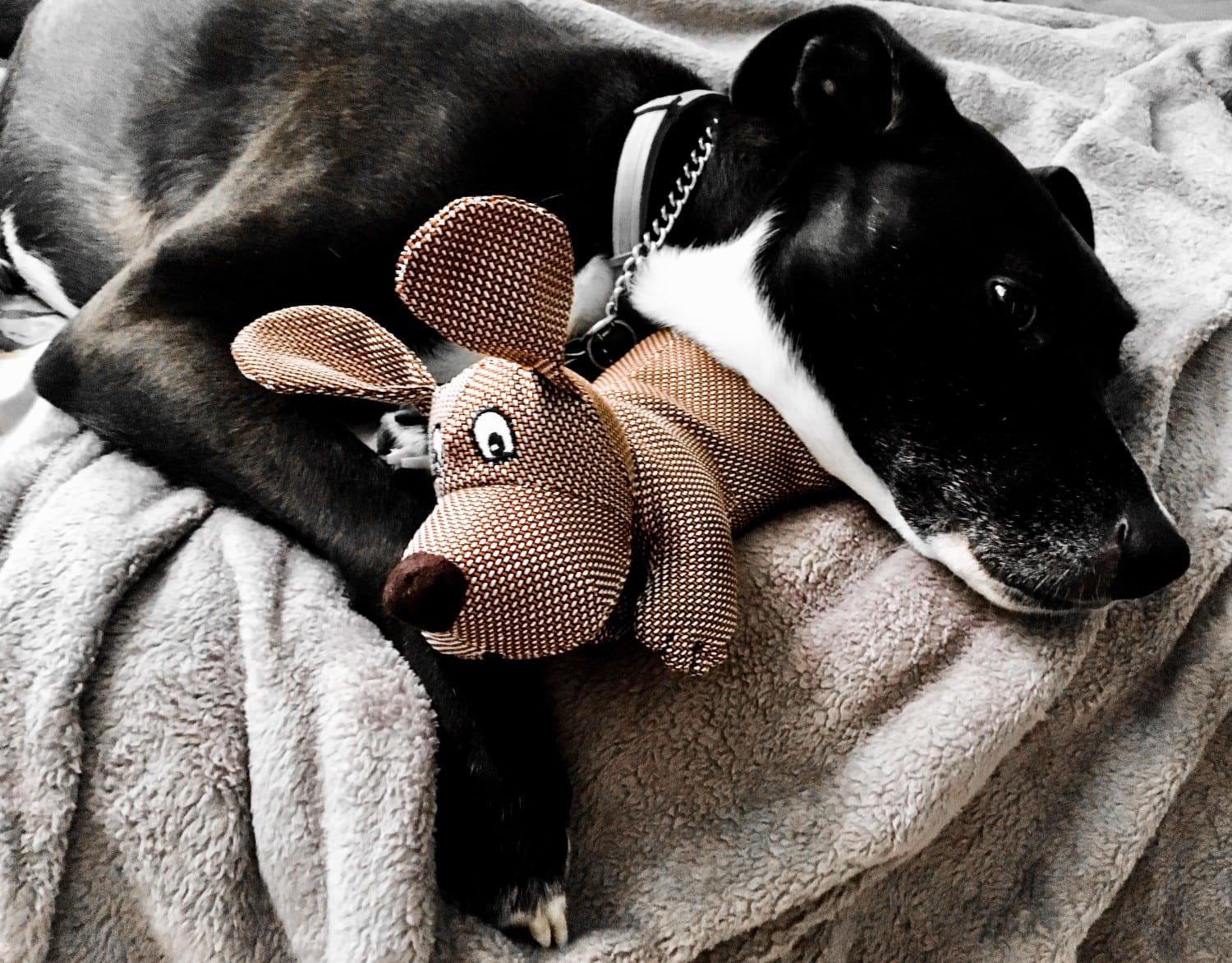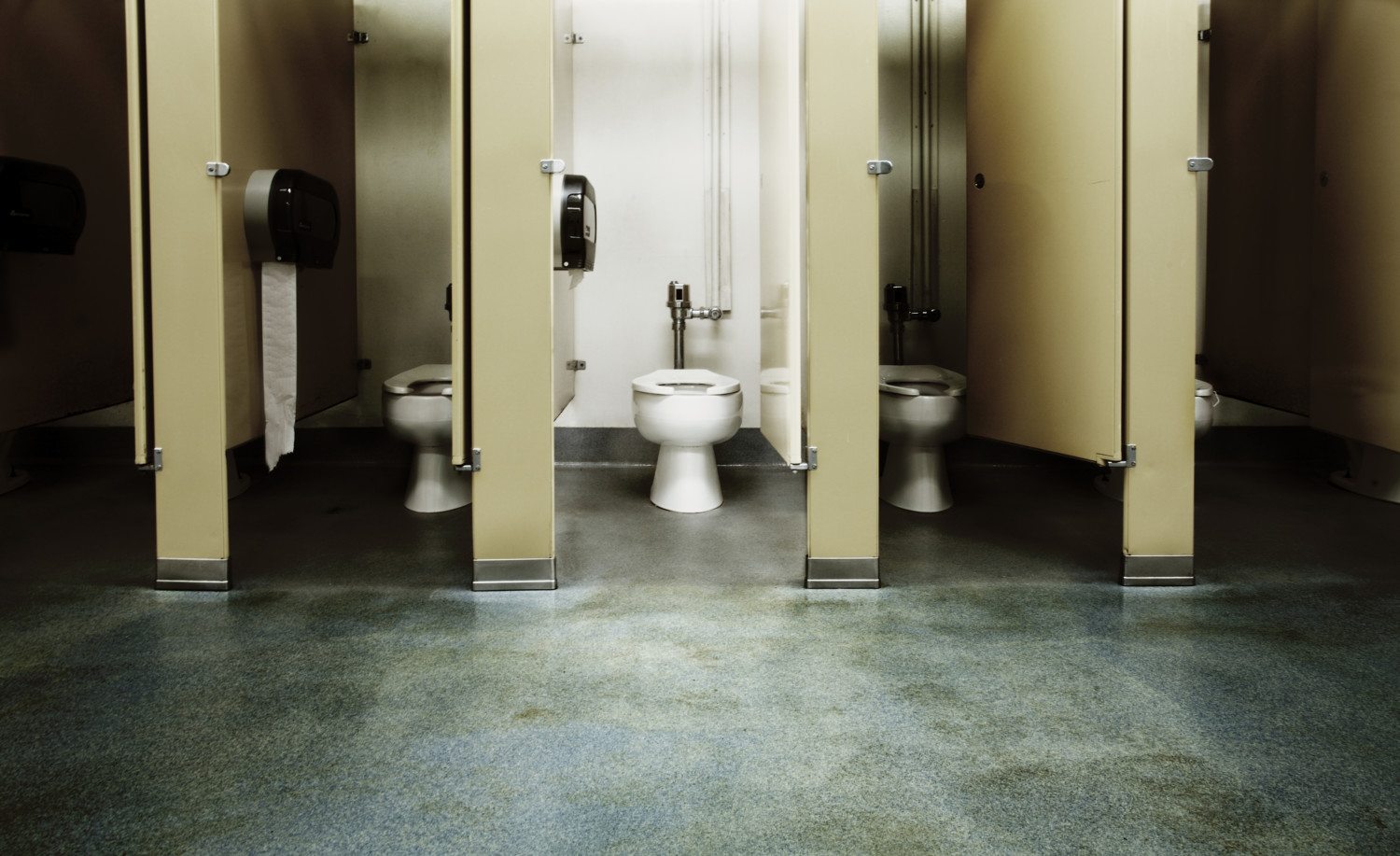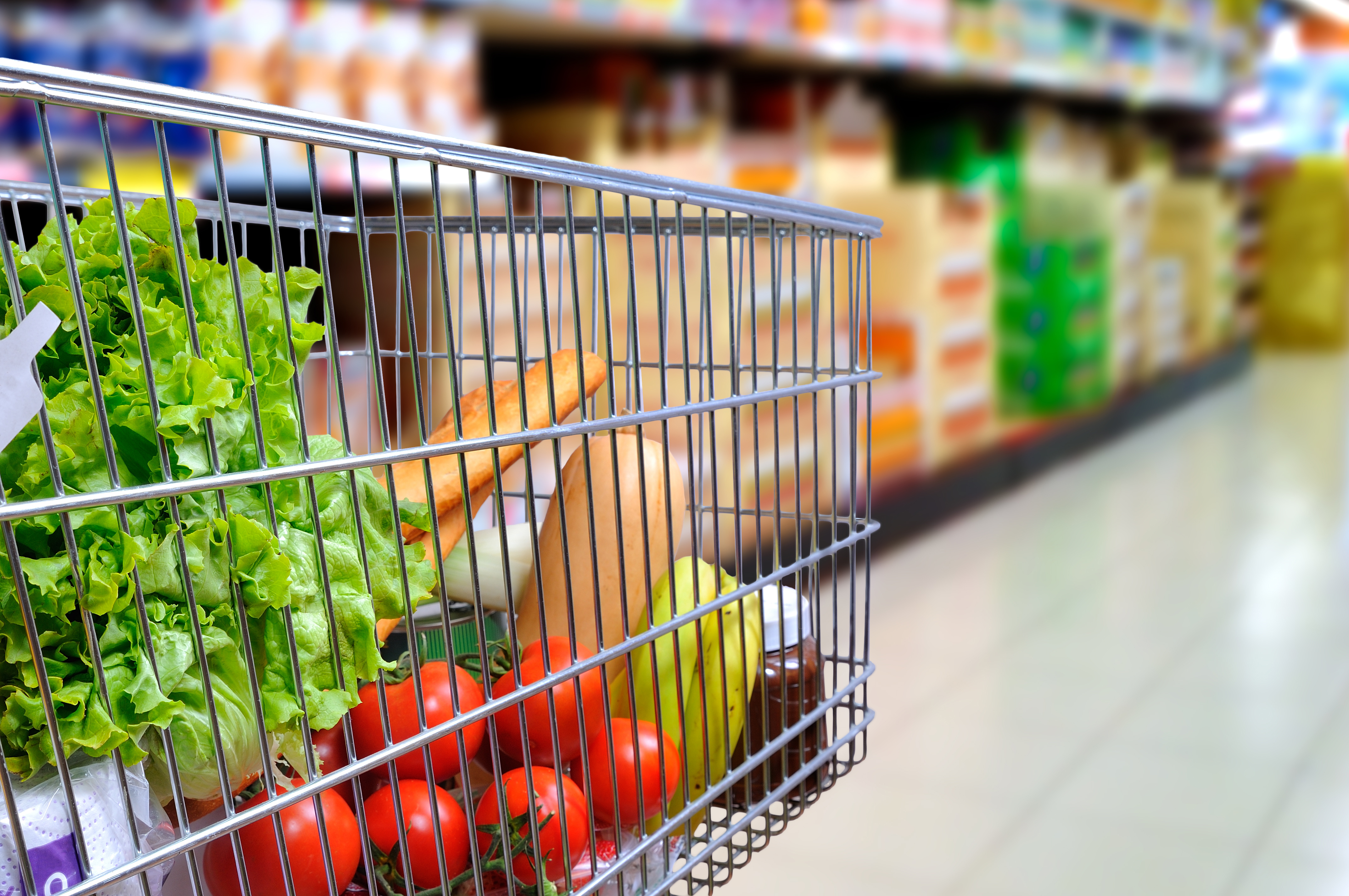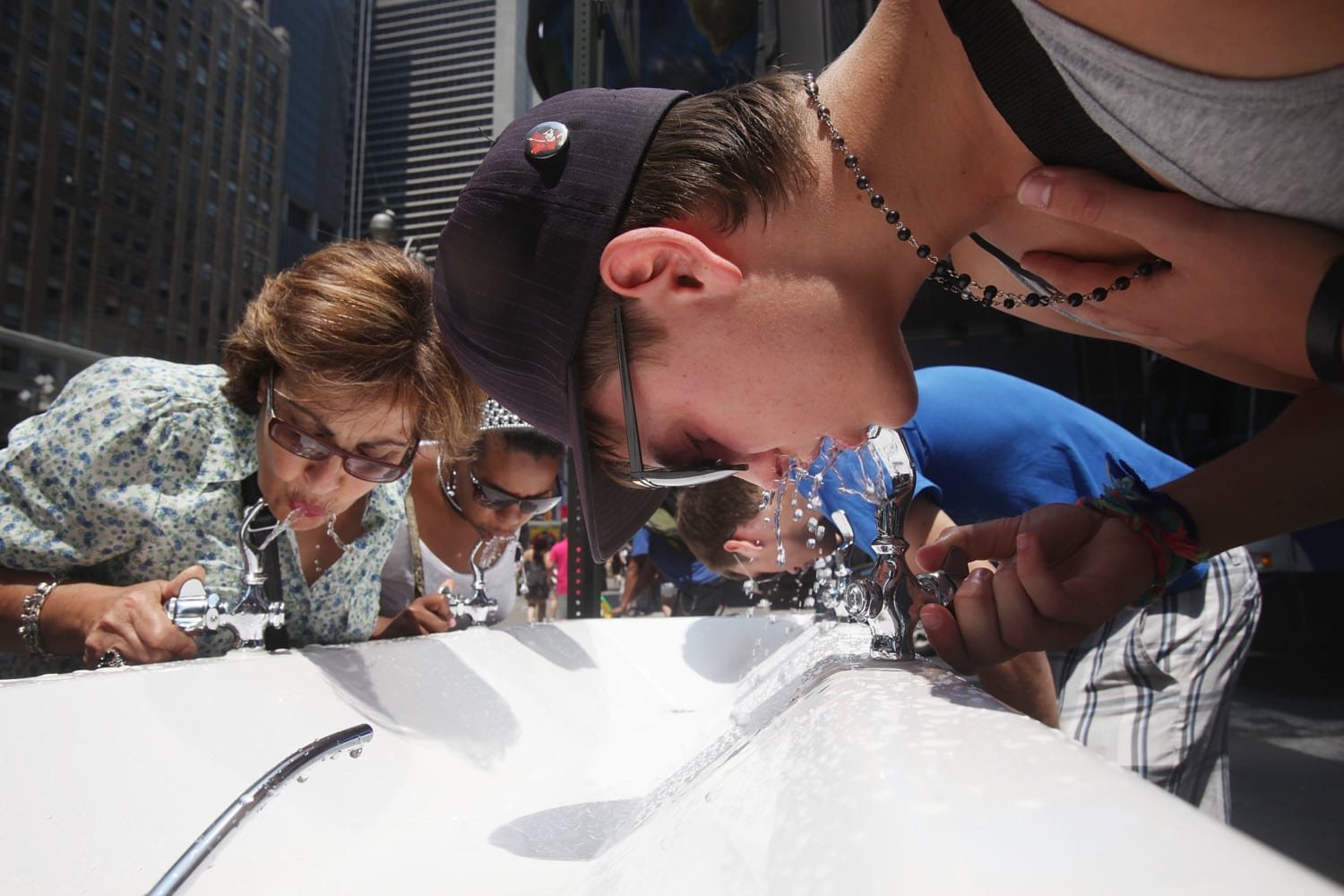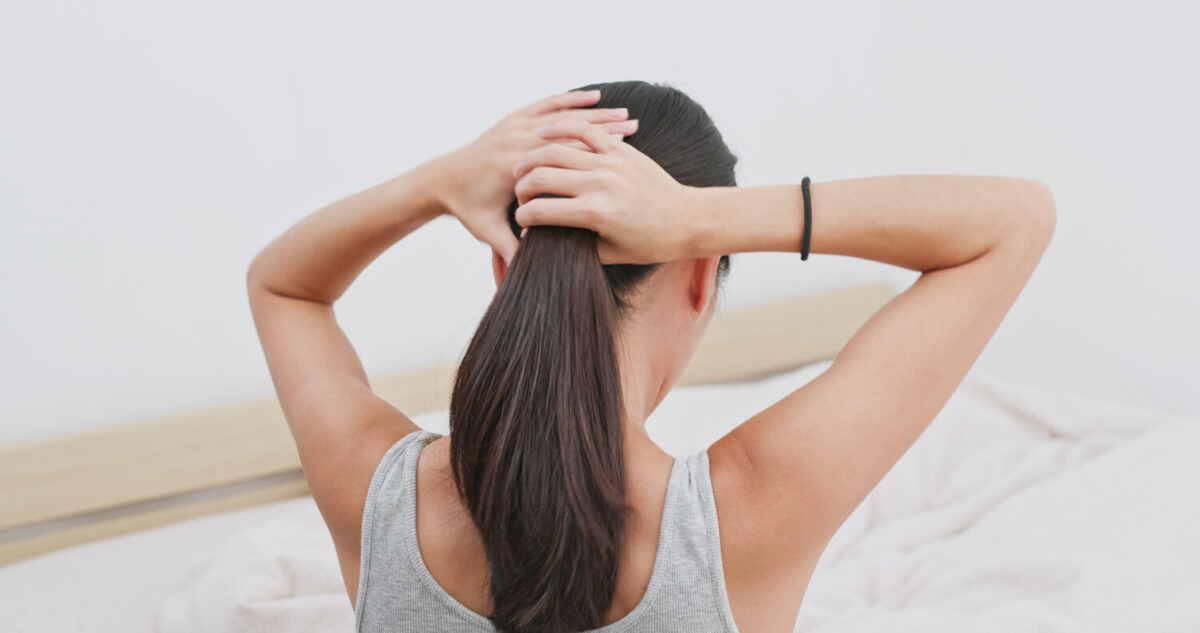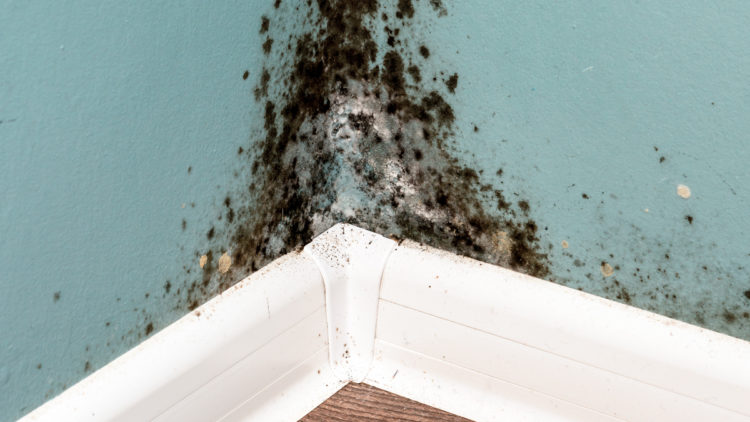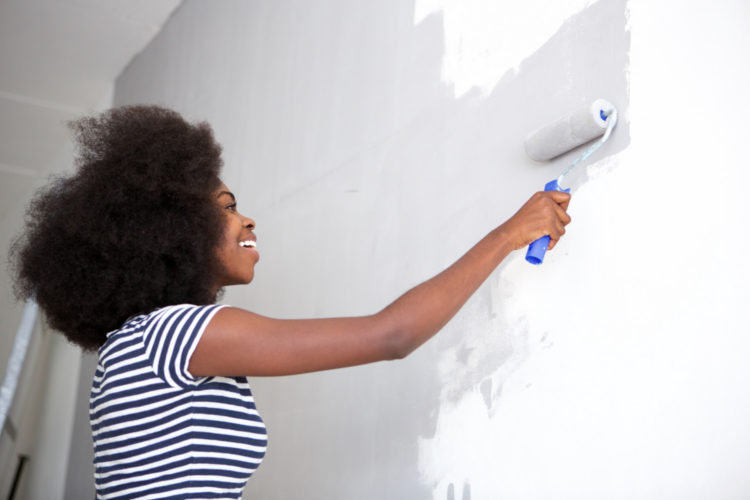Everyday Items That Are Dirtier Than You Could Ever Imagine
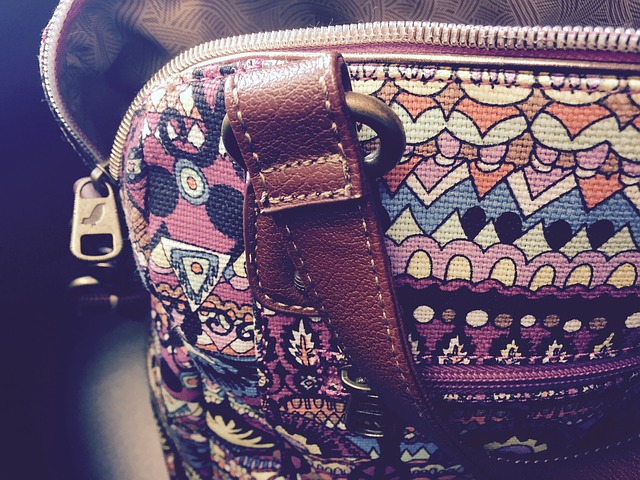
Germs. You can’t see them and they’re everywhere. While you need some “good bacteria” in your life (take probiotics in yogurt, for example), being exposed to too many “bad bacteria” can impact your health. The Global Hygiene Council reports that one in 10 people don’t wash their hands after they use the restroom, and more than half of people working with raw meat don’t wash their hands afterward. Ick!
“Germs follow us around all day,” says Professor Charles P. Gerba at the University of Arizona. “They are opportunists.” With today’s modern medicine, shouldn’t germs and infectious diseases be at an all-time low?
Not necessarily. Certain germs and infectious disease strains are becoming resistant to antibiotics, and with global travel of humans and commerce being the norm, these illnesses can travel and grow in places that may not have proper healthcare to eradicate.
Unfortunately, as much as you clean your home and wash your hands, you can’t avoid touching something that someone else with poor hygiene has touched, too. Here are 31 of the most germ-infested, everyday items. Read the list and keep in mind you may want to be extra vigilant about washing your hands after touching these!
1. The Bottom Of Your Purse
A study commissioned by a U.K. hygiene company found that the average purse carries more germs than a toilet handle. Even grosser, an estimated one-third of purses have fecal matter on them. Consider that your reminder to use the hook in public restrooms instead of setting your handbag on the bathroom floor.
2. The Carpet In Your Home
Your carpet collects all kinds of gross things: the skin you shed, pet dander, food particles, pollen and more. Carpets contain about 200,000 bacteria per square inch.
3. A Cutting Board
Think twice before cutting up raw chicken on a cutting board that you use for slicing fruit and dicing tomatoes. Cutting boards can be a host of foodborne illnesses. Plastic may be easier to clean than wood, but it has lots of grooves where germs can hide out.
Hydrogen peroxide and vinegar are two natural ways to sanitize a wood cleaning board, whereas you can drop the plastic versions into the dishwasher.
4. Kitchen Sponge
Researchers found 362 different species of bacteria in kitchen sponges. Experts recommend replacing your sponge every one to two weeks and washing it every few days in the heated dry cycle of your dishwasher.
5. Faucets And Handles
Faucet handles are some of the germiest places in your home. Mold, bacteria and even staph has been found lurking on faucets and handles. It makes sense, since you have to touch the handles before cleaning your hands. A daily or weekly wipe down with a disinfectant solution should help you keep this area under control.
6. Refrigerator Handles
Researchers have found that the cold virus can live on household surfaces for two days — and refrigerator handles are common places of residence for those germs.
7. Clean Laundry
Even clean clothes are a host for bacteria. A study found that even clean underwear has, on average, 0.1 grams of feces, so make sure you’re washing your laundry in hot water that’s at least 140 degrees Fahrenheit.
8. Dish Cloths
Don’t just wag your finger at those germy kitchen sponges. Dish cloths harbor bacteria, too. A study found that 77 percent of dish cloths contain coliform bacteria, 86 percent had yeast and mold and 18 percent had staph bacteria. Make sure you’re washing your dish cloths in hot water, too.
9. The Remote Control
Let’s be honest: How often do you swab down your remote controls? Researchers have found that the cold virus clings onto remote controls, so it’s best to wipe down those remotes using alcohol once a month if not more.
10. Your Phone
Cell phones carry 10 times more bacteria than toilet seats, so be sure to clean that phone regularly.

11. Light Switches
Light switches often get left out of cleaning routines, when in fact, light switches have been proven to be among the germiest surfaces in hotels (and we imagine at home, too).
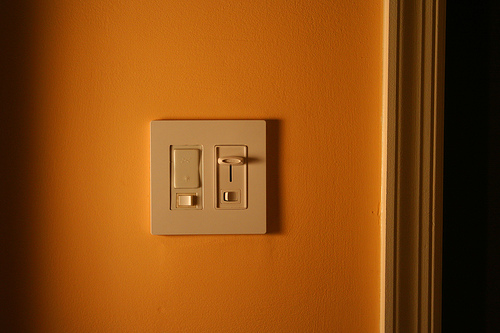

12. Microwave Handles
Microwave handles can be a host for germs. This is especially true for office microwaves, which a University of Arizona study pinpointed as one of the dirtiest places in workplace kitchens and break rooms.
13. An ATM Machine
Cash machines are as dirty as bathrooms, according to researchers in England who swabbed the key pads and compared the germs to those found in public restrooms.
14. Computer Keyboards
It’s a good idea to wash your hands after using a computer, especially if you’re typing on a shared keyboard at work or the library.
15. Parking Meters
About 40 percent of parking meters that were swabbed were found to have high levels of germs, according to a report. And after you park, watch out for the buttons at crosswalk signals. About 35 percent of crosswalk buttons in the study were covered in germs.
16. Vending Machine Buttons And Door
The same study as the one about parking meters found that 35 percent of vending machines had a high level of germs. So it’s best to wash your hands before eating your snack or twisting open a soda cap.
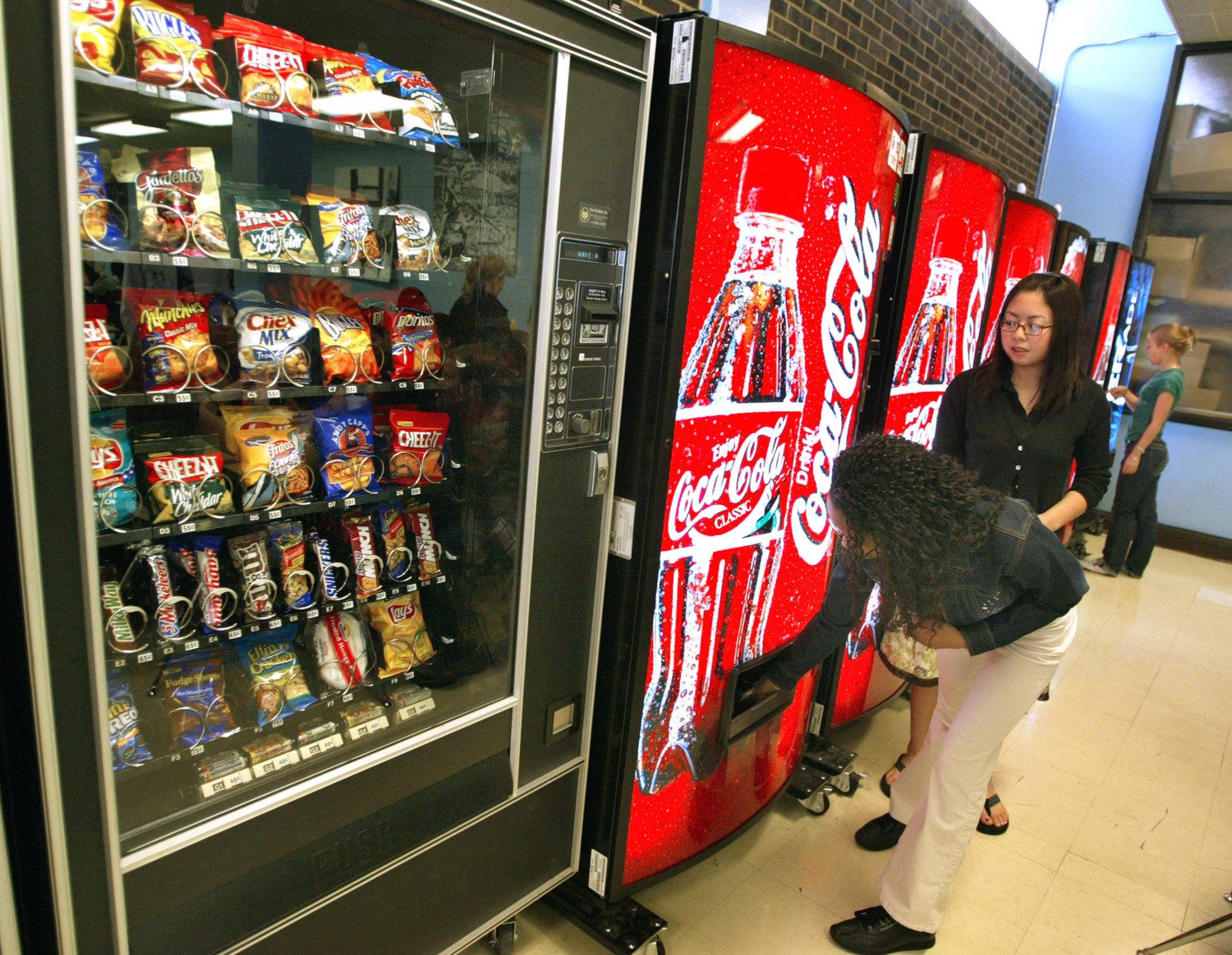
17. Toothbrush holder
Truth test: How often do you clean your toothbrush holder? The toothbrush holder is the germiest place in the bathroom and one of the top germiest places in the entire home. Most can be run through the dishwasher.
18. A Pet’s Food Dish
Pet bowls were the fourth-germiest places in homes, according to one report, landing just below kitchen sponges and dish rags, the kitchen sink and toothbrush holders. Pet bowls should be washed daily with hot, soapy water.
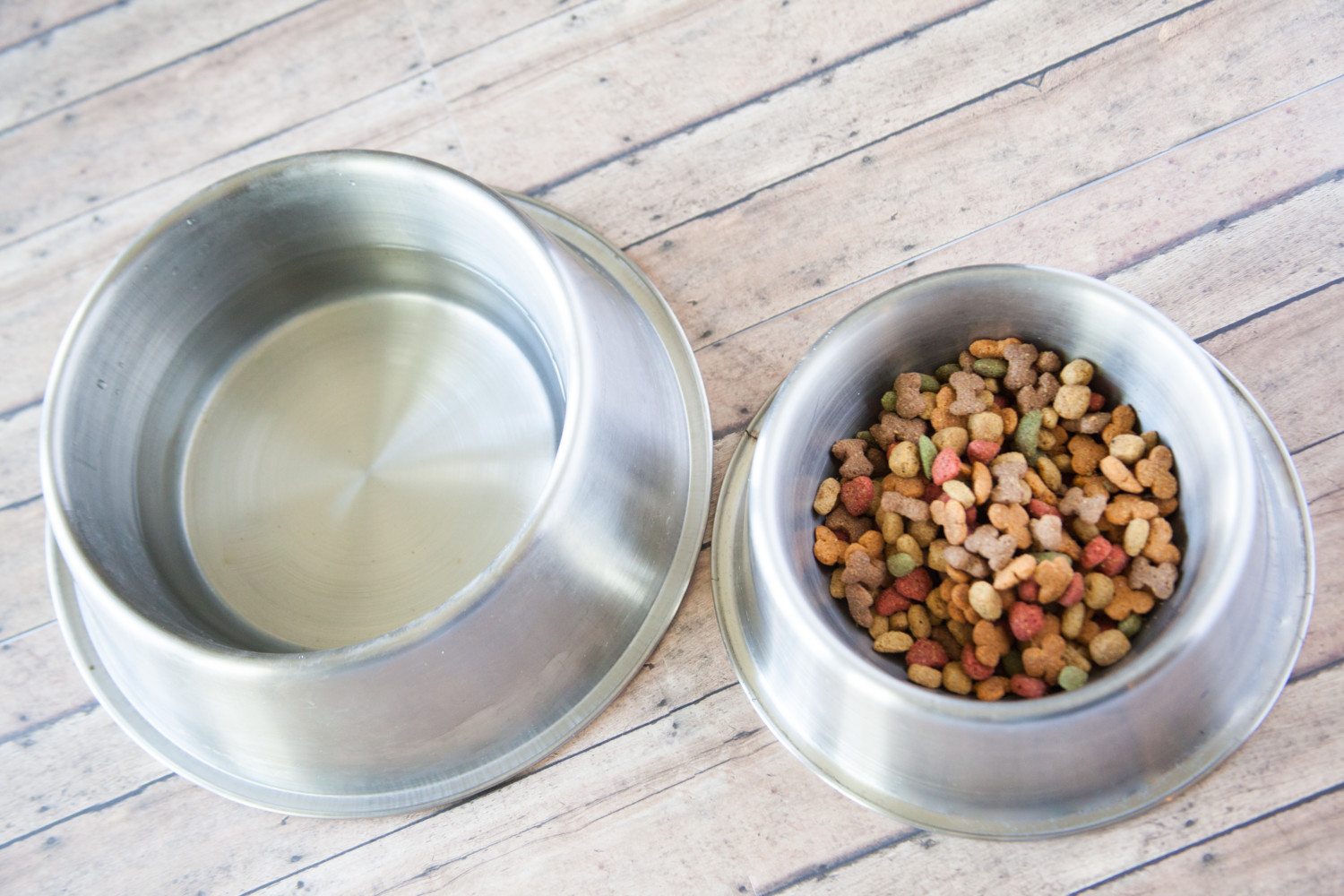
19. Gas Pumps
Gas pumps aren’t just filled with germs, they’ve got some icky, disease-causing ones. According to a study, about seven out of 10 gas station pumps contain a high level of disease-causing germs.
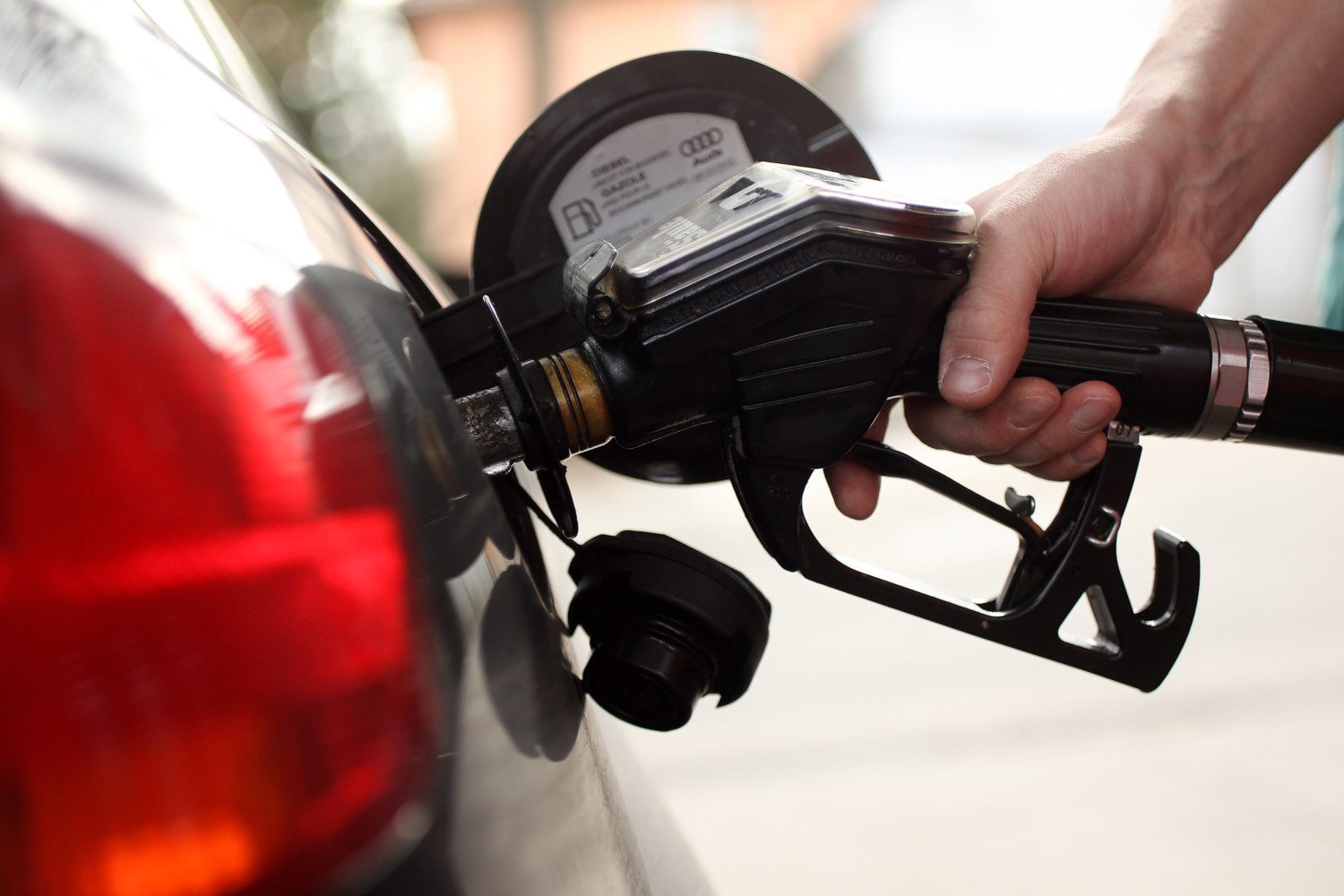
20. Escalator Hand Rails
Avoid touching the handrails on mall escalators! All kinds of icky germs are lurking on them, including E. coli, urine, mucus and fecal matter.

21. Coffee Reservoir
That dark and damp coffee reservoir gives mold and bacteria an ideal place to grow, so it’s best to clean it regularly using vinegar.
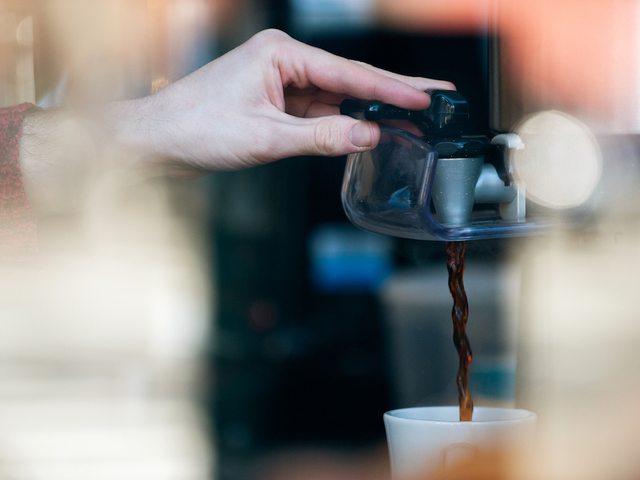
22. Pet Toys
Fido’s favorite toys are likely covered in germs —including coliform bacteria, yeast and mold — so it’s a good idea to wash your own paws after playing with your pet.
23. Your Kitchen Sink
The second-highest concentration of germs in the home is found in the kitchen sink, second only to those germ-infested dish sponges! To keep the germs at bay, wash your sink at least once or twice a week with a disinfectant.
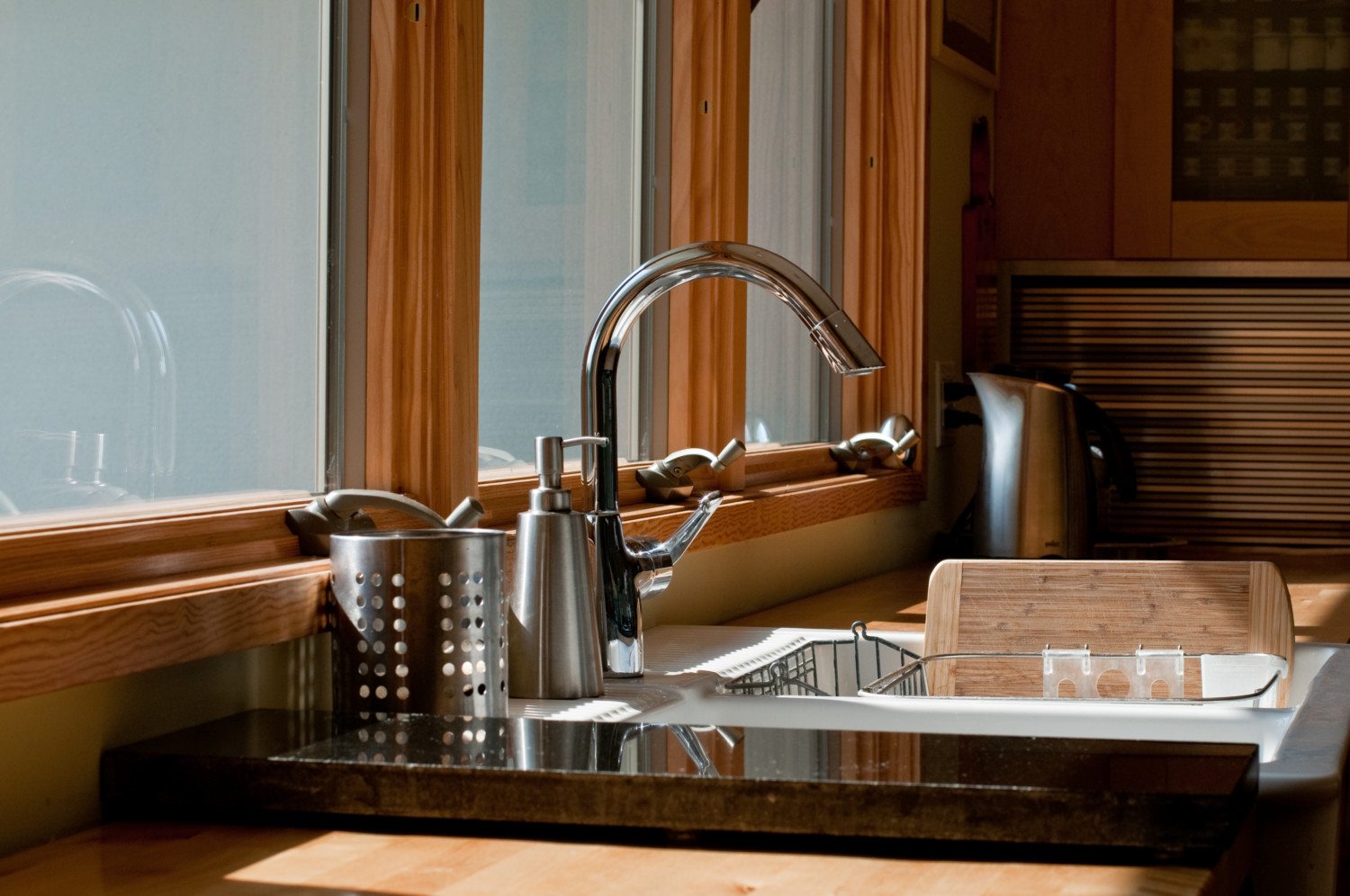
24. The Inside Latch Of A Public Restroom
E. coli and fecal matter are lurking on public bathroom latches. The best advice? Wash your hands with hot soapy water and then use a paper towel when opening the exit door.
25. Shopping Carts
It’s a good idea to use a sanitizer wipe to swab your cart before shopping. Some stores offer them near the rack of shopping carts. A majority of carts are contaminated with bacteria, and some carry E. coli and fecal matter.
26. Bathtubs
About 200,000 bacteria per square inch are swimming in your bathtub, according to a report. That makes the tub 10 times more bacteria-laden than the trash can.
27. Money
Dirty money: Studies have shown that paper money is a host for bacteria, fecal matter and trace amounts of drugs like cocaine and heroin. More reason to never carry cash?
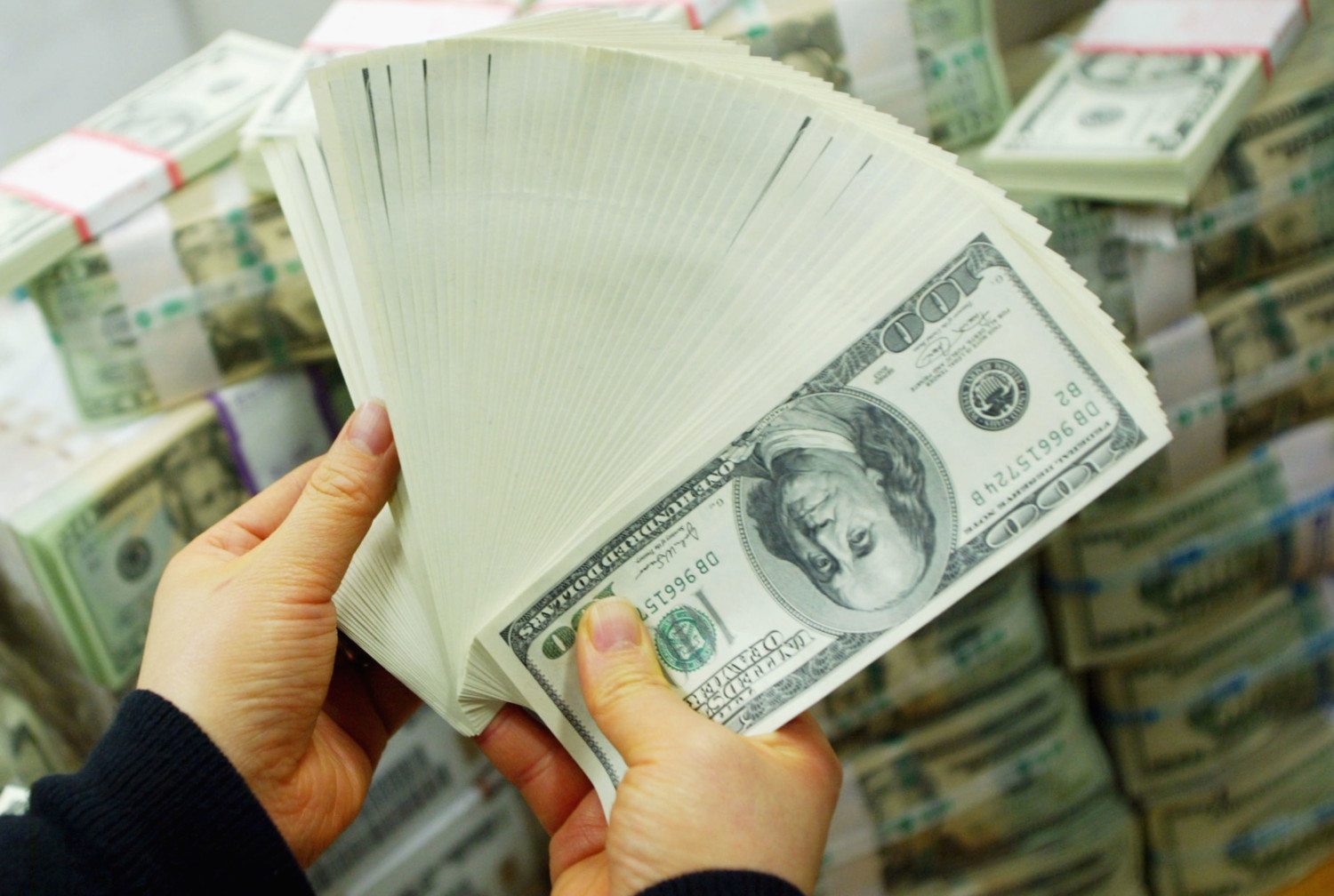
28. Drinking Fountains
E. coli and coliform are among the bacteria types found in drinking fountains. It’s not surprising, given how many hands are touching the fountain buttons. But one study found that dog bowls are actually cleaner than drinking fountains.
29. Playground Equipment
Pack some sanitizing wipes on your next trip to the park. Mucus tends to get on playground equipment, turning playgrounds into breeding grounds for cold and flu germs.
30. A Car’s Gear Shift
It’s a good idea to wash your car’s interior in addition to its exterior. British microbiologists in one study found 285 types of bacteria per square inch in the interior of cars, with the gear shift being a common host.
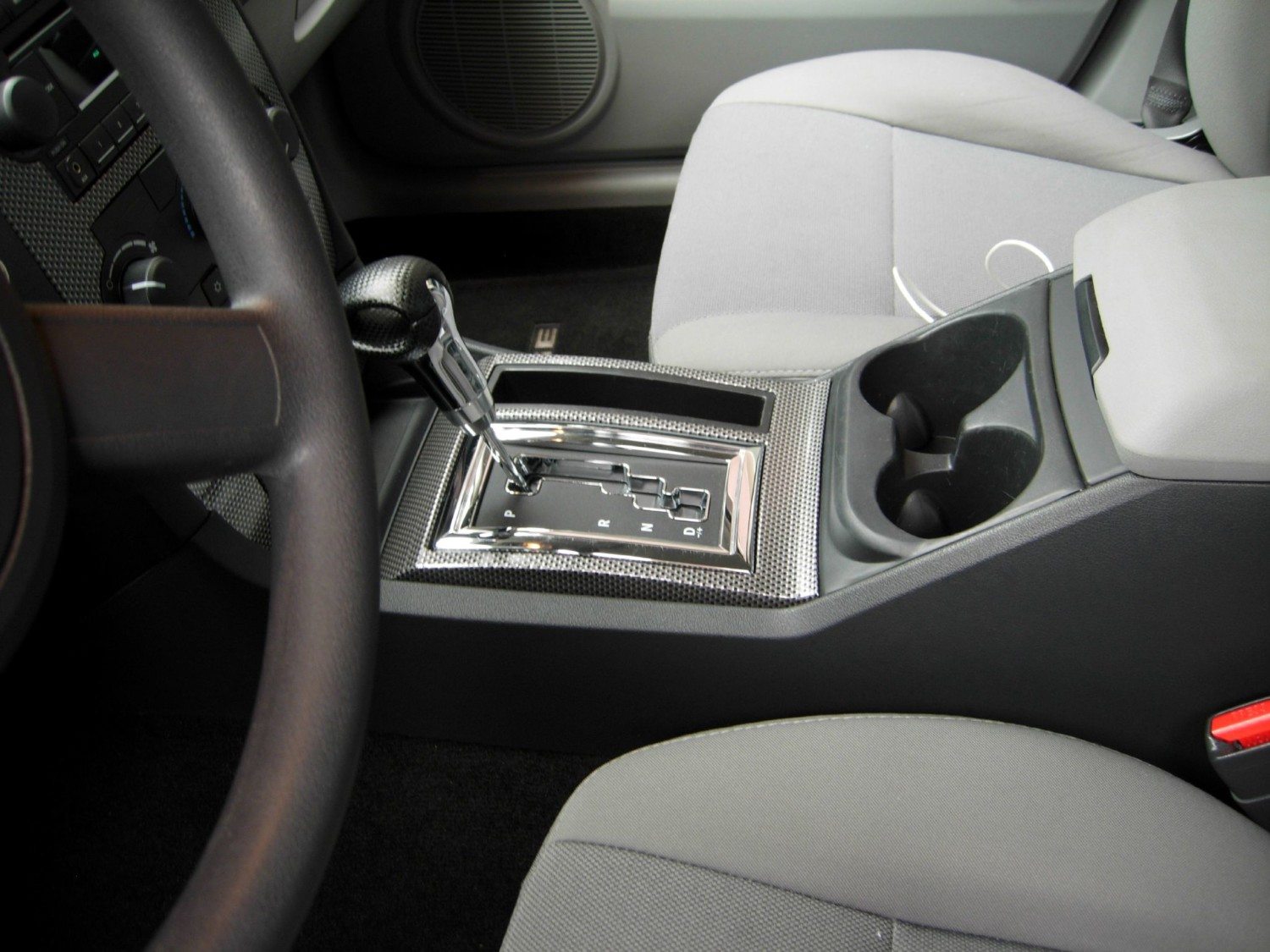
31. Work Telephones
Work telephones and headsets are among the germiest items in offices. Give your phone a swab with disinfectant wipes, especially if you’re in the habit of eating at your desk.
Sources: BBC News, List 25, Neroform AG, The Global Hygiene Council, Ranker, The University of Arizona:(1) and (2)


